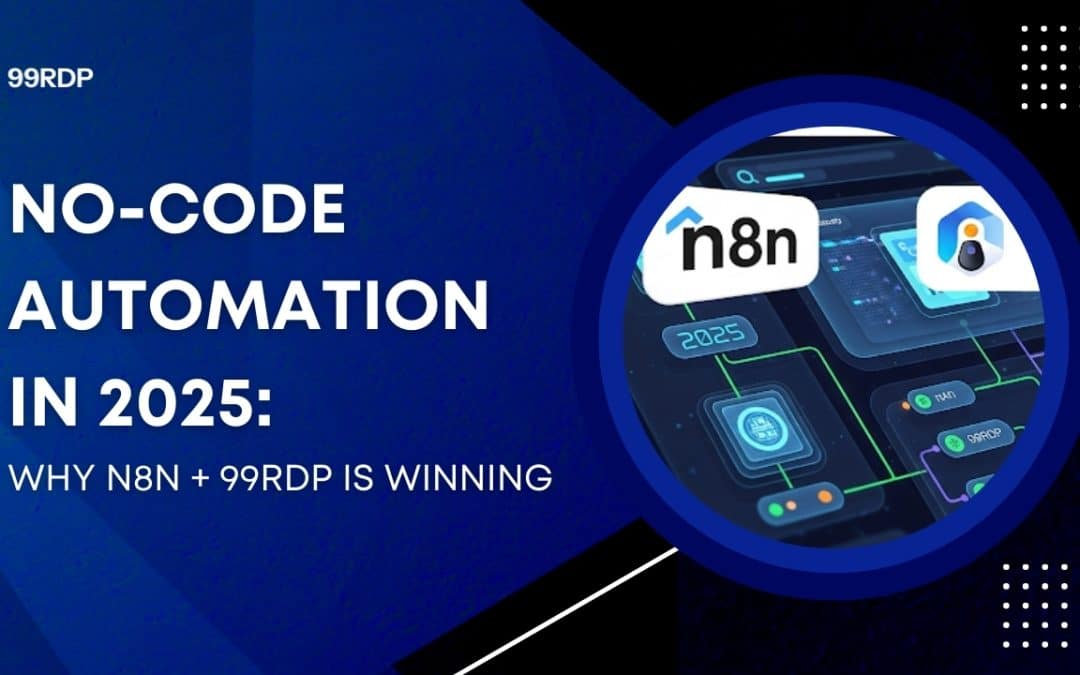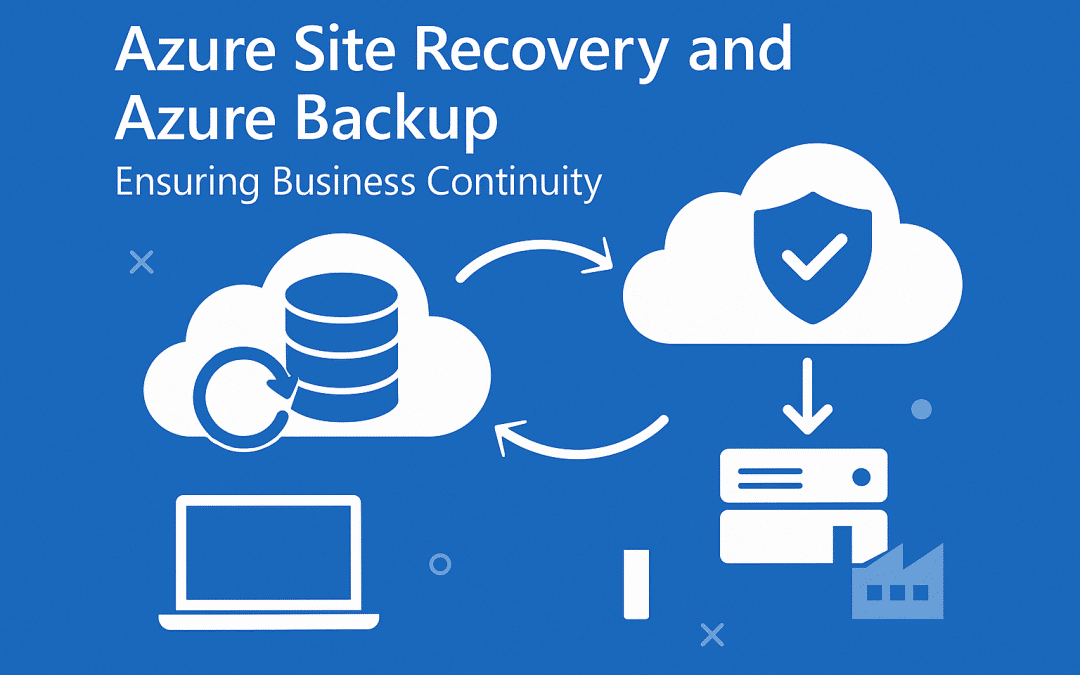Trying to install a server for a virtual private network? Want to utilise a MikroTik router’s fantastic load-balancing features from a distance? The beautiful MikroTik Cloud Hosted Router (CHR) allows you to set up a basic router system on any type of server environment, including cloud and VPS servers. And this article will demonstrate how to install MikroTik on a VPS so that you can use a Cloudzy VPS to build your own remote router. I’m going to take a very quick look at MikroTik CHR and what it can do before getting into the real actions you need to perform
Introduction
MikroTik CHR (Cloud Hosted Router) is a powerful virtual router software that enables users to run RouterOS on a virtual machine. By setting up MikroTik CHR on a VPS (Virtual Private Server) with the help of PuTTY, you can take advantage of the flexibility and features offered by MikroTik RouterOS in a virtualized environment. This step-by-step guide will walk you through the process of setting up MikroTik CHR on a VPS using PuTTY, ensuring that you can harness its full potential.
What Does MikroTik CHR Mean and How Can You Use It?
A well-known manufacturer of hardware, MikroTik makes a variety of modems, routers, and even a few servers. Its routers were particularly well-liked due to their distinctive operating system. After some time, MikroTik began marketing the operating system under the name RouterOS as a stand-alone piece of software. With RouterOS, you can essentially transform any PC into a MikroTik router device, offering useful but rudimentary capabilities. A more current version of RouterOS from MikroTik is called the MikroTik Cloud-Hosted Router (CHR). Cloud, Virtual Private Server (VPS), and virtual machine compatibility are all features of CHR.
In order to easily build potent VPN servers, load balancers, and other networking devices, MikroTik CHR is the best option for converting your remote server into a router. There are many fantastic use cases for a MikroTik CHR VPS, and it’s up to you to make the most of your virtual, remote MikroTik router. To make utilising MikroTik’s CHR or RouterOS on a Windows computer or laptop easier, you may also utilise MikroTik’s Winbox. Naturally, I’ll demonstrate how to accomplish both and how to set up MikroTik on a VPS.
Also Read : The Ultimate Guide to Buying Windows VPS: Everything You Need to Know
Step 1 – Choosing a VPS Provider
Before diving into the setup process, it’s crucial to choose a reliable VPS provider that meets your requirements. Factors like server locations, resources, pricing, and customer support should be considered. Some recommended VPS providers for running MikroTik CHR include XYZ Hosting and ABC Cloud Solutions.
Step 2 – Setting up a VPS
Once you’ve selected a VPS provider, you need to create an account and choose an appropriate plan based on the anticipated usage. Configuring the VPS with the required specifications, such as the operating system and available resources, is essential to ensure smooth operation.
Step 3 – Accessing the VPS with PuTTY
To interact with the VPS, you’ll use PuTTY, a popular SSH and Telnet client for Windows. First, download and install PuTTY on your local machine. If applicable, generate and add SSH keys to enhance security. With PuTTY, establish a secure SSH connection to the VPS.
Step 4 – Installing MikroTik CHR
Obtain the MikroTik CHR image from the official website. Upload the CHR image to the VPS using the provided instructions. Once uploaded, initialize MikroTik CHR on the VPS.
Step 5 – Initial MikroTik CHR Configuration
Access MikroTik CHR’s web interface via your web browser. Perform the initial configuration, including setting up passwords, time zone, and network interfaces. Implement essential security measures to safeguard your CHR instance.
Step 6 – Configuring MikroTik CHR for Specific Use Cases
MikroTik CHR can be used as a router, VPN server, firewall, and more. Configure it according to your specific use case, adjusting settings and rules as needed.
Step 7 – Optimizing Performance
Learn how to allocate and manage resources efficiently to get the best performance from your MikroTik CHR instance. Enable caching and fasttrack features to further enhance performance. Fine-tune firewall rules for optimal network throughput.
Step 8 – Backing up and Restoring MikroTik CHR
Creating backups of your CHR instance is essential for disaster recovery. Familiarize yourself with the backup and restore process to protect your configurations and data.
Step 9 – Monitoring and Troubleshooting
Utilize built-in monitoring tools to keep an eye on your CHR’s performance. Learn common troubleshooting techniques to identify and resolve potential issues effectively.
Step 10 – Security Best Practices
Keeping your MikroTik CHR secure is crucial. Stay up to date with regular RouterOS updates, implement strong authentication methods, and limit access to your VPS and MikroTik CHR.
Step 11 – Scaling and Upgrading
As your requirements grow, you might need to scale CHR resources. Learn how to upgrade CHR versions to access new features and bug fixes.
Step 12 – Use Cases and Applications
Discover various scenarios where MikroTik CHR shines, such as home networking, small businesses, and large-scale enterprise environments.
Step 13 – Comparing MikroTik CHR with Hardware Routers
Explore the advantages and disadvantages of using MikroTik CHR over traditional hardware routers.
Also Read : Windows VPS: The Ideal Solution for App Development
Conclusion
Setting up MikroTik CHR on a VPS with PuTTY opens up a world of possibilities for network administrators and enthusiasts. With its flexibility, feature-rich environment, and secure implementation, MikroTik CHR can revolutionize your networking experience.
FAQ
Can I install MikroTik CHR without purchasing hardware from MikroTik?
Definitely. The MikroTik CHR operating system, in fact, was created to transform common servers into routers with the same features as a hardware MikroTik router.
Can I install a MikroTik CHR using shared hosting?
Unfortunately, not at all. Only a VPS, such as 99rdp MikroTik VPS, can be used to configure a MikroTik Cloud Hosted Router. But since our charges are so low, you won’t notice much of a difference.
Supports SSH and full root access in 99rdp?
Yes, of course! All of our VPS plans provide with full root access, so you may easily use SSH to connect to your MikroTik CHR VPS.



